Grip Strength for Everyday Function: From Hands to Forearms
What is the role of grip strength in daily activities and overall health?
Lost your password? Please enter your email address. You will receive a link to create a new password.
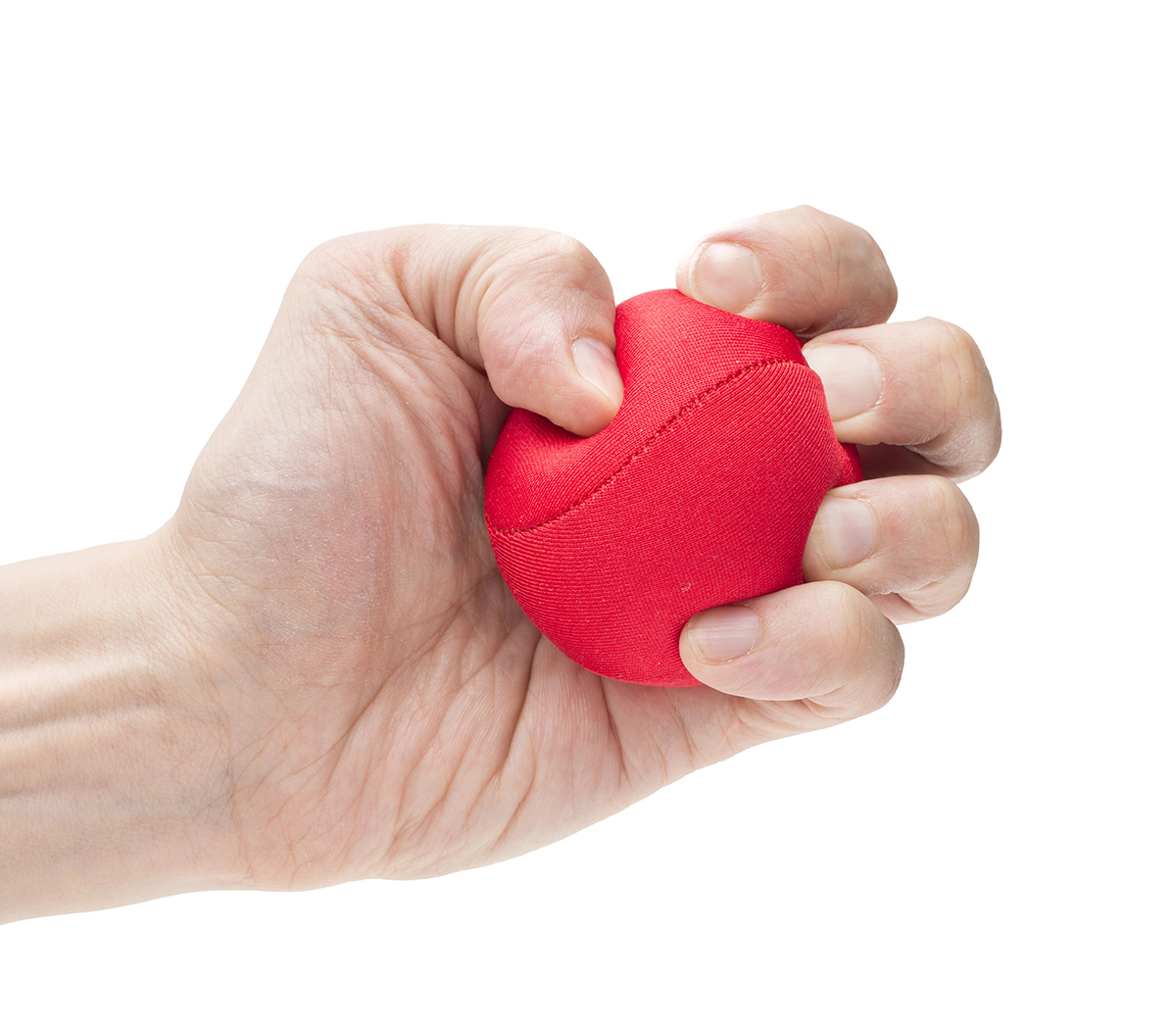
What is the role of grip strength in daily activities and overall health?
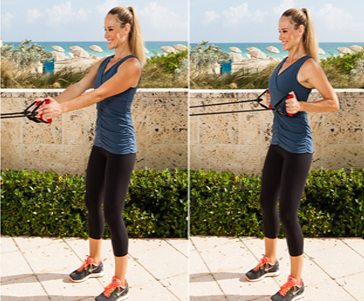
Osteoporosis is a disease that affects our bone system due to a decrease in bone mass, density and an increase in the space between the bones. As a result, one’s bones become brittle and suspect to breaking. There are two types of osteoporosis: type 1 and type 2. Type 1 is generally a result of the aging process and a decrease in hormones such as estrogen and progesterone. These hormones help regulate how fast bone is lost. Type 2 is a result of medications or other health issues that interfere with bone reformation. Thankfully, both types are treatable!
Most Common Areas Affected: Osteoporosis is generally found in the neck of the thigh and lower back. A lot occurs in these areas, so, a decrease in the strength of the bone there is not a good thing.
Nutrition: Since nutrition plays a factor in everything we do, it is important to mention it for those with osteoporosis. The three things to focus on the most are: an increase in calcium, and a stoppage of alcohol intake and smoking.
Exercises: Research shows that it takes about six months of consistent exercise at somewhat high intensities to produce enough bone mass change. With that being said, it is important to use proper exercises in a progressive fashion and make them specific to you. Exercises should focus on the following areas of the body as they stress the overall bone structure: core, hips, thighs, back and arms. Here are my top six exercises to start your 6-month program:
Planks: 1-3 sets of 8-20 reps

Supine Bridges: 1-3 sets of 8-20 reps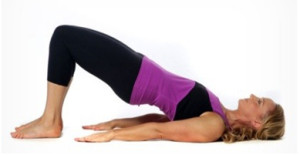
Prone Cobras: 1-3 sets of 8-20 reps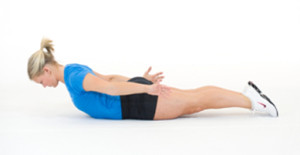
Squats: 1-3 sets, 8-20 reps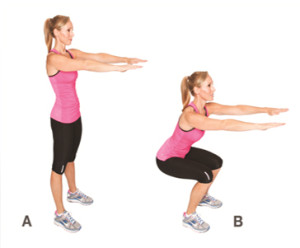
Standing Tube Row: 1-3 sets, 8-20 reps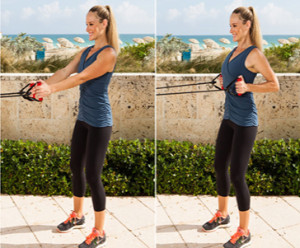
Single leg balance: 1-3 sets, 8-20 reps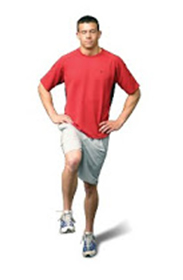
While osteoporosis can be a life threatening disease, it can be managed through exercise. Most people who include daily exercise are able to ward off further damage to their body and are able to do their normal daily activities of life. Performing the six exercises listed and then progressing to more challenging ones will keep a person with osteoporosis healthy!
Maurice D. Williams is a personal trainer and owner of Move Well Fitness in Bethesda, MD. With almost two deciades in the industry, he’s worked with a wide range of clients, including those with health challenges like diabetes, osteoporosis, multiple sclerosis, hypertension, coronary artery disease, lower back pain, pulmonary issues, and pregnancy. Maurice is also a fitness educator with Move Well Fit Academy and NASM.
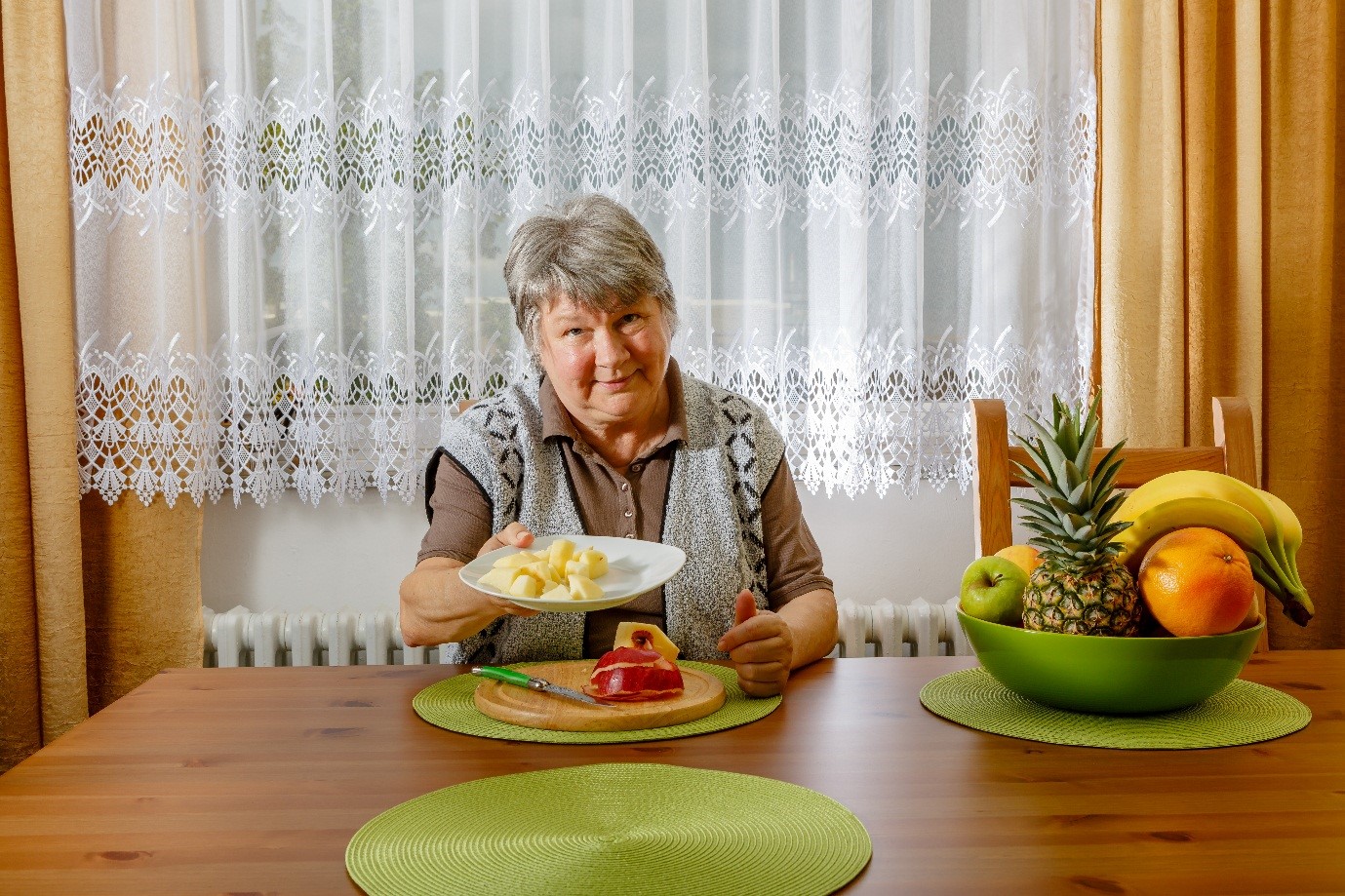
Remarkable changes in body composition occur as people get older. For example, physiologic proteins are reduced, including proteins that make up blood components, immune bodies, or organ tissue. This can lead to poor wound healing, poor immune function, or loss of skin elasticity.
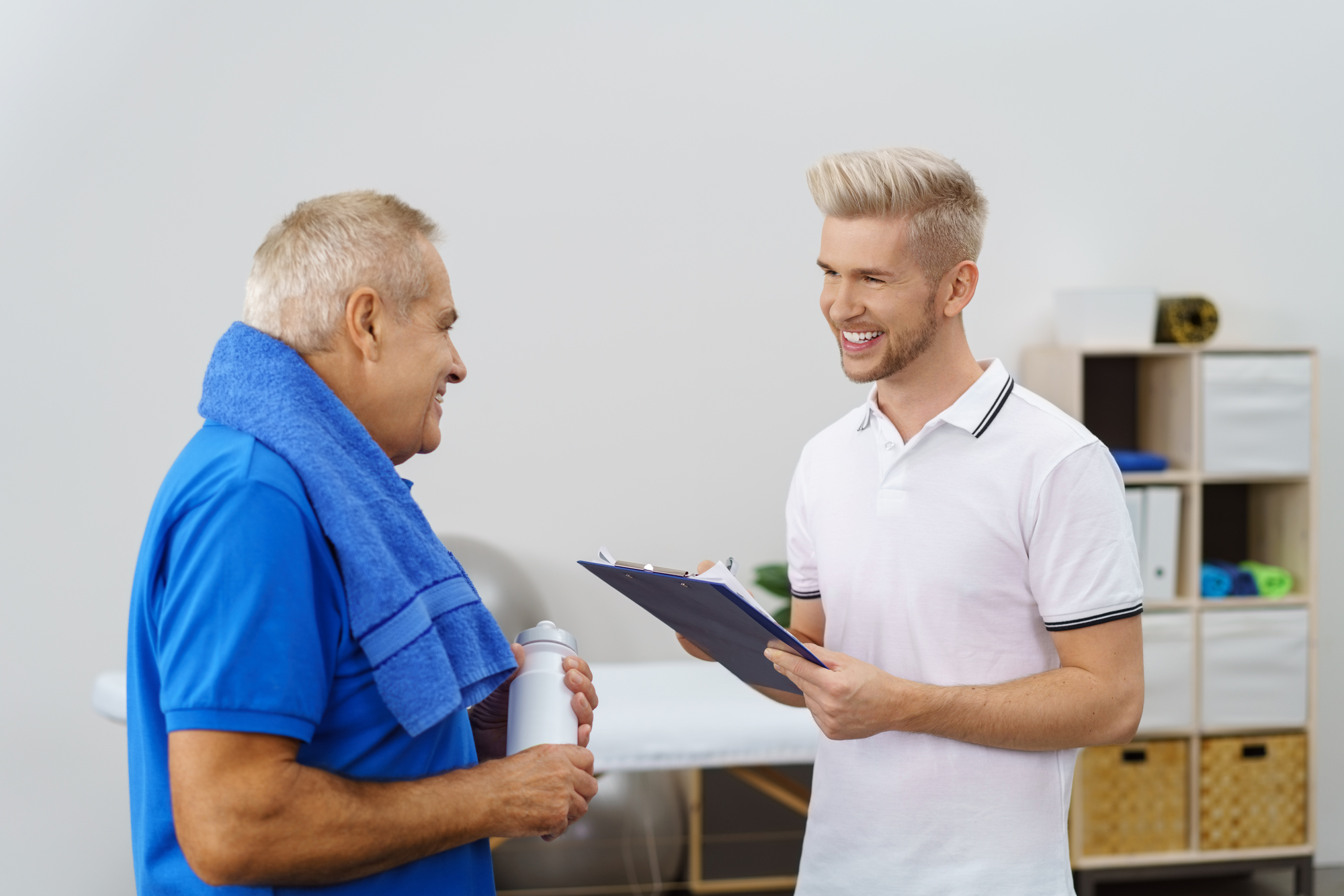
The gym can be a confusing place especially for individuals with health concerns. Many times, these clients are trying to navigate their workouts by themselves because they are unsure of the appropriate questions that they need to ask.
First of all, there are two different types of trainers. There are trainers who have a four year degree and certifications. These trainers are sometimes called Fitness Specialists and have had many hours of study related to a wide variety of diseases and injuries. They are used to modifying exercises and programs based on any specific condition you may have. Fitness Specialists are usually found in a medically based fitness facility affiliated with a hospital. Please note that some Fitness Specialists will specialize in a certain area. Some work with individuals with diseases and disabilities and some don’t. You can search the free MedFit Network directory to find a fitness pro in your area. In their MFN profile, you’ll find information about their condition-specific education and services.
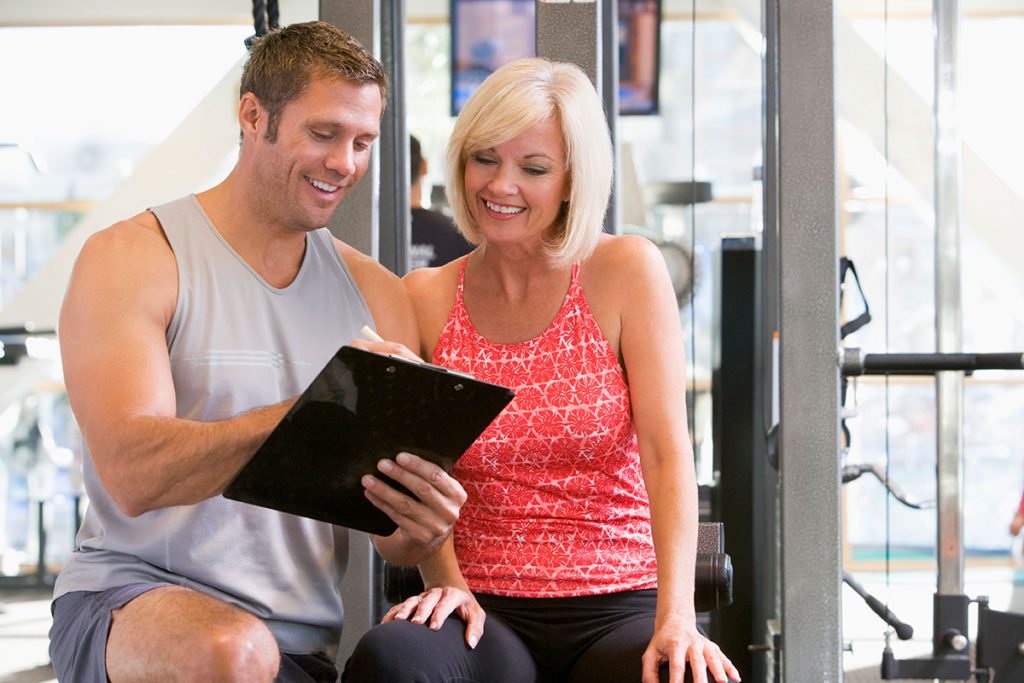
When you finally narrow down who you might like to hire you will want to ask some questions. Please don’t be afraid to ask these questions as they will help you to decide which trainer is right for you. It is also recommended that you observe Fitness Specialists training clients.
First you want to make sure that the trainer has had experience with your condition. If not, they should be willing to research it and or speak with your doctor with your permission. There are exercise guidelines that all Fitness Specialists should follow when working with clients who have health conditions.
You will also want to ask about the trainers background. It is alright to ask about education, certifications, and years of experience. You also want to hire someone who is patient with you. This is extremely important as you figure out which exercises work best for your body. I would also like to add that you need to be patient with yourself as well. Try to relax and enjoy your training session.
Asking the questions from above help to keep you feeling confident. Exercise can seem frustrating in the beginning but you have to keep a positive mindset. In the beginning, set small goals and do the best you can during each training session.
Robyn Caruso is the Founder of The Stress Management Institute for Health and Fitness Professionals. She has 15 years of experience in medical based fitness.
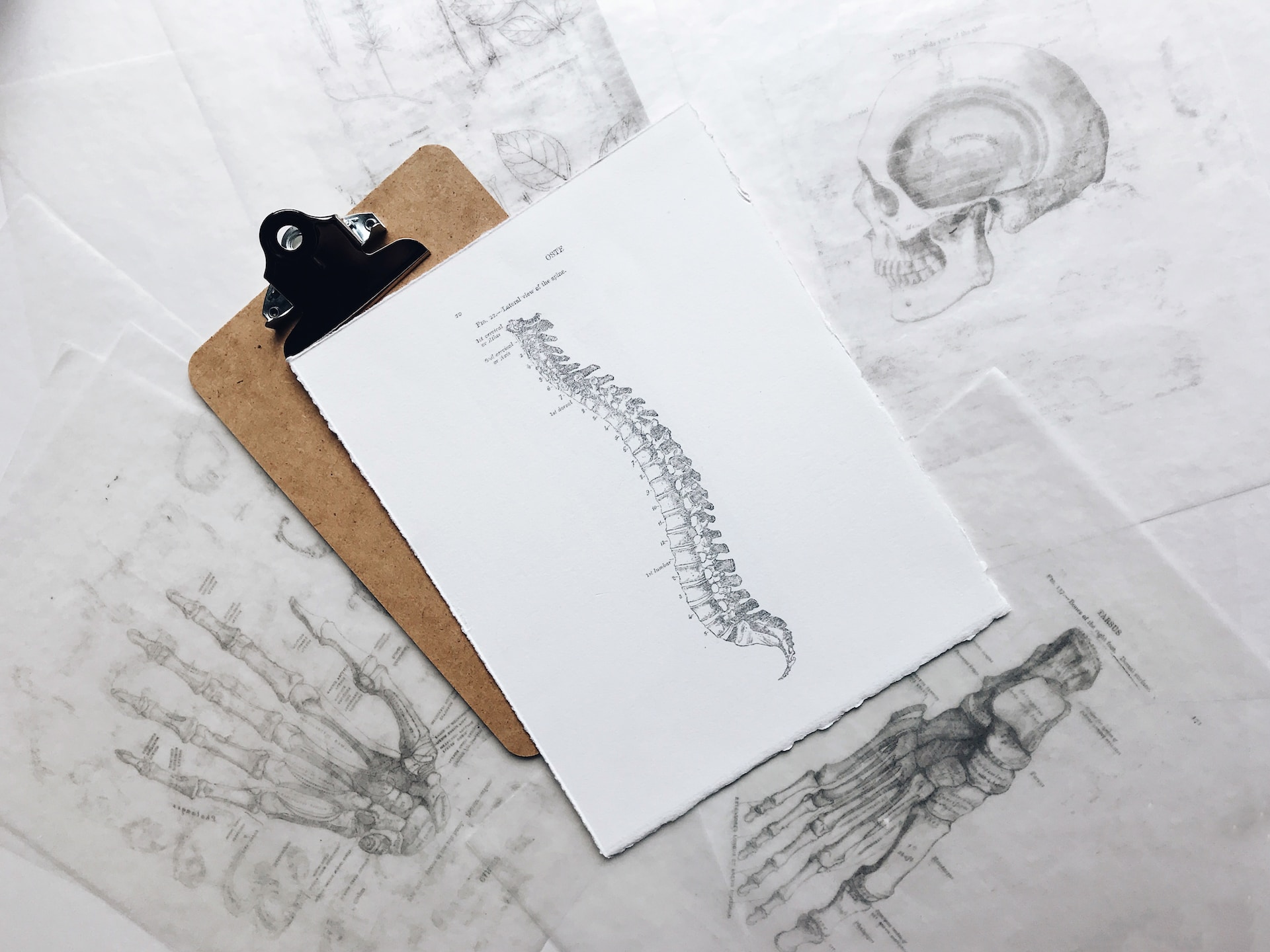
People with bone loss in the spine are often concerned about changes in the spine or the backbone that cause it to curve forward. This curve is called kyphosis. It can happen when a person with osteoporosis breaks several of the bones that form the spine. These bones are the vertebrae. When they break, they are called vertebral or compression fractures. There are also other conditions that cause kyphosis. Kyphosis causes a person’s posture to look stooped or hunched and the person loses height. As more bones break in the spine, the spine becomes more curved. When it is severe, some people call kyphosis a dowager’s hump. Fortunately, people can take steps to protect the spine, maintain height and posture and prevent kyphosis.
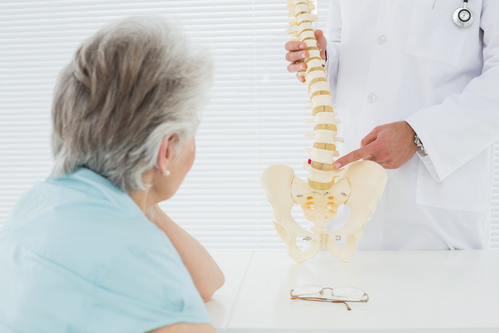
Breaking one or more bones in the spine can cause sharp back pain that does not go away, or sometimes, there can be no pain at all. After having several of these breaks, people may start to have a curved spine and lose height. When there is no pain, many people do not know they have broken a bone in the spine. After becoming shorter by an inch or more in one year’s time, some people realize there is a problem with the spine. Because of height loss and changes in the spine, clothes may start to fit poorly.
For some people, kyphosis causes constant pain. This pain happens when the spine becomes more curved and the muscles, tendons and ligaments of the back are strained and stretched. Sometimes nerves are also pinched. Severe kyphosis can reduce the space for internal organs. It may also cause the stomach or abdomen to push forward and appear to stick out. As a result, it is harder for some people to breathe or eat, and they may not get enough food and nutrition for their health. Severe kyphosis may also affect balance and cause falls.
People with osteoporosis who have back pain should see a doctor or other healthcare provider trained to treat osteoporosis. Most healthcare providers will want to check for a broken bone. The dual energy x-ray absorptiometry machine (also called a DXA machine) that tests people for osteoporosis can be used to look at the spine to find broken bones. This test is called a lateral vertebral assessment. A lateral x-ray of the spine is another way to find a broken bone in the spine. These two tests used to look for spine fractures are also called vertebral imaging tests.
People with osteoporosis should have their height measured once a year preferably at the same healthcare provider’s office each time. NOF recommends that healthcare providers consider performing a vertebral imaging test to look for spine fractures in the following individuals:
It is important to protect the spine by moving properly during exercise and daily activities. Activities that place stress on the spine can increase the likelihood of breaking a bone. For example, people with bone loss in the spine should not:
For some people with a lot of bone loss, simply hugging a friend or picking up a grandchild can cause a broken bone in the spine.
People with osteoporosis may want to speak with their healthcare provider about a referral to a physical therapist (PT) who understands osteoporosis. PTs can help people protect their spines. For example, PTs can help people limit the amount of kyphosis by teaching proper posture and exercises that make the back muscles stronger. They can also show people how to safely sit, stand and move.
A person who has broken one or more bones in the spine is at very high risk for breaking more bones in the spine. All people with these fractures should speak with their healthcare provider about taking a medication to treat osteoporosis. NOF encourages people to look at both the risks and benefits of taking or not taking a medication. Other healthy lifestyle behaviors, including getting enough calcium and vitamin D, not smoking or drinking too much alcohol and maintaining a safe exercise program can also help individuals reduce the chance of breaking bones in the spine.
Susan Randall RN, MSN, FNP-BC is Senior Clinical Advisor for the National Osteoporosis Foundation (NOF) in Washington, DC,
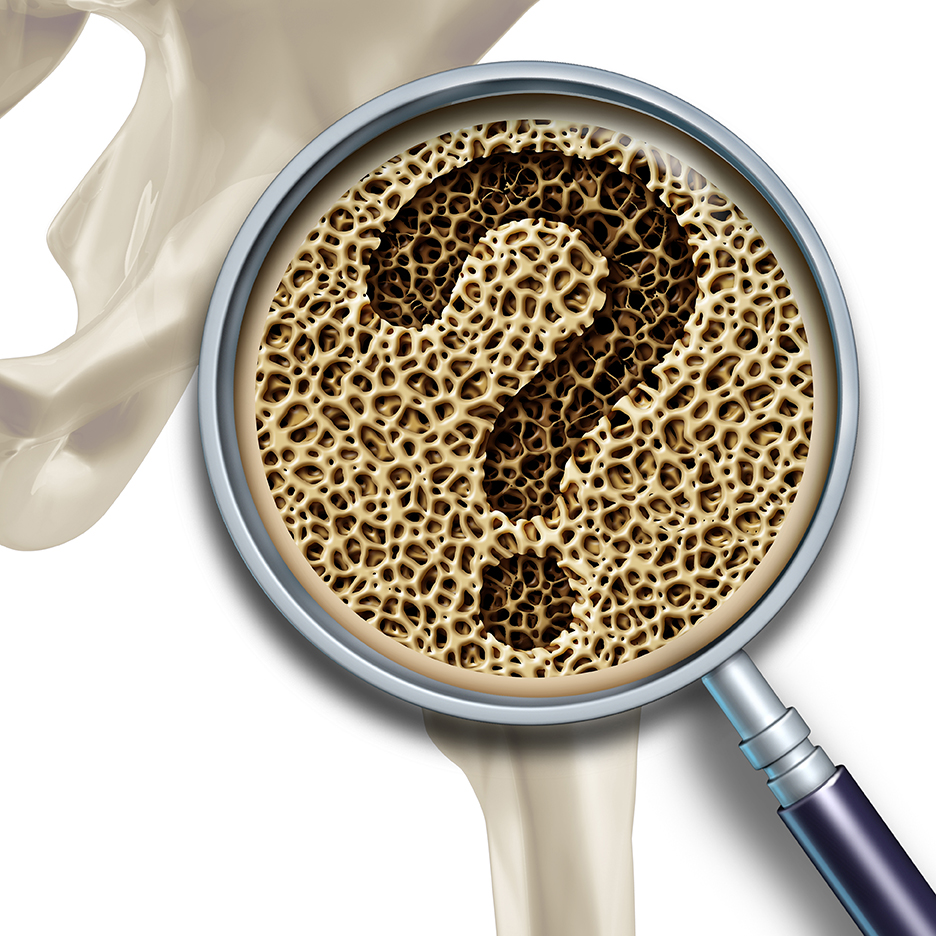
I recall watching an advertisement on TV that was promoting a brand of milk that is enriched with calcium and vitamin D. The advertisement had a provoking animation of a woman, stooping gradually, as she gets visibly older. The message was that aging adults need higher intake of calcium and vitamin D to maintain strong and healthy bones – and their milk was the solution. Or is it? We know that our bones tend to become more fragile as we age. A proper name for this condition is called osteoporosis. But many of us are probably not aware that women are at a higher risk of developing osteoporosis, compared to men.

When you think about staying healthy with age, your bones may not be at the top of your concerns. Age-related bone loss is not generally as obvious as changes in other areas such as our vision or our muscle strength. But a staggering 40% of Americans over age 50 have low bone density, and many people don’t realize they have a problem until they actually break a bone. This will happen to over half of women over age 50 at least once in their lifetime. And despite the common assumption that men don’t need to worry about osteoporosis, a quarter of men over age 50 will suffer an osteoporosis-related break in their lifetime as well. In fact, men are more likely to suffer a fracture from osteoporosis than they are to get prostate cancer.

Bone fractures after age 50 can be serious and disabling. And with a quarter of all hip fractures in people over 50 resulting in death within one year, bone health should be a serious concern for everyone as we grow older.1
So what happens to our bones as we age, and what steps can we take keep our bones healthy?
Bone density changes with age
We often think of bones as hard and lifeless, but they are actually living and changing structures that are constantly reforming and recycling themselves, taking away old minerals and replacing them with new minerals. Calcium and magnesium play a key role in the growth and formation of bone, helping us achieve peak bone mass between the ages of 18 and 30. The more bone you have at the time of peak bone mass, the less likely you are to break a bone or get osteoporosis later in life. After you reach peak bone mass, the balance between bone formation and bone loss might start to change. You may start to slowly lose more bone than you form. In midlife, bone loss usually speeds up in both men and women. For most women, bone loss increases after menopause, when estrogen levels drop sharply. In fact, in the five to seven years after menopause, women can lose up to 20 percent or more of their bone density. The result is that bone becomes weaker and more fragile, and more likely to break from even minor impacts.
How you can help keep bones healthy
Eating a healthy and varied diet with adequate vitamin D3, calcium and magnesium for bone formation is essential. You can find recommendations for your age and gender on the National Osteoporosis Foundation’s website (nof.org).
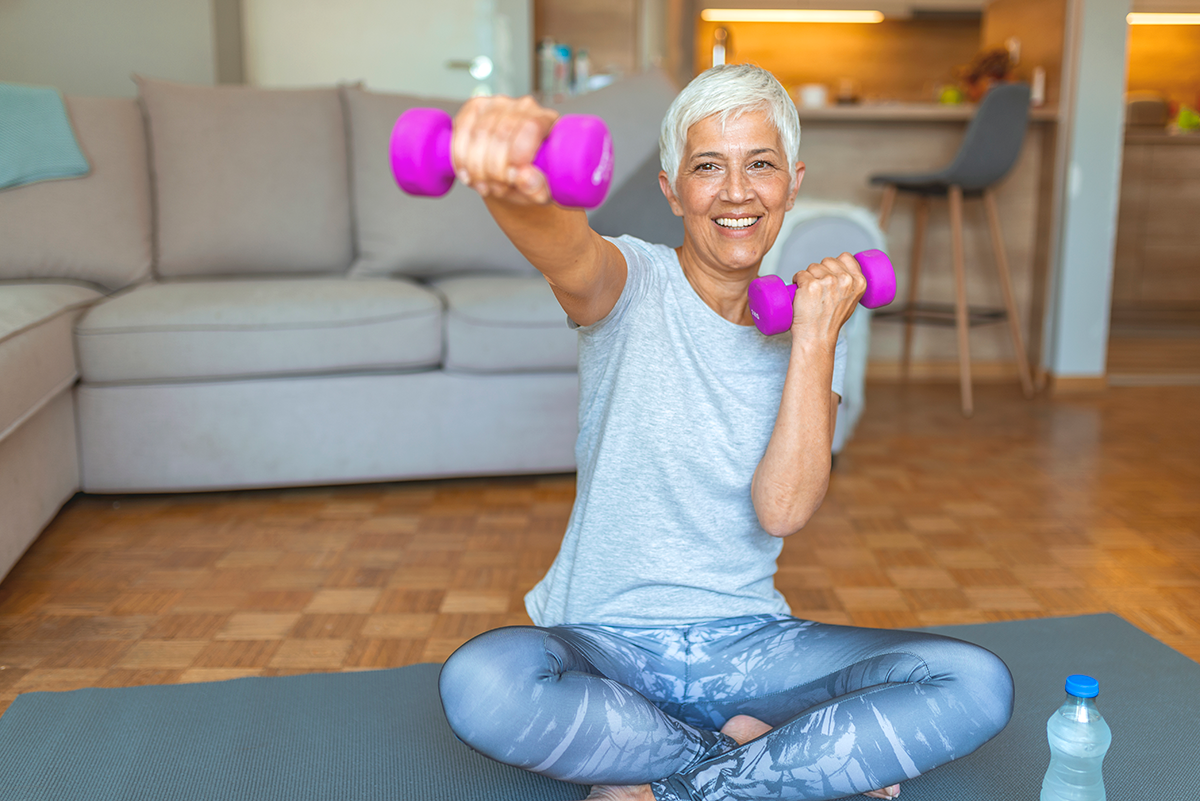
Exercise is also critical. Strength training to keep muscles strong can help limit falls, which in turn can help prevent resulting fractures. Current exercise recommendations are to do at least 15-30 minutes daily of high impact, weight bearing exercises such as dancing, hiking, jogging/running, jumping rope, stair climbing or tennis. Low-impact weight-bearing exercises can also help keep muscles strong and are a good alternative if you can’t do high-impact.
Smoking and alcohol also impact bone health. Avoid smoking and limit alcohol intake to less than three drinks a day.
Talk to your doctor
There are many additional risk factors for osteoporosis, such as ethnicity, diseases such as rheumatoid arthritis, and medicines you may be taking. So it’s important to discuss your risk with your primary care physician BEFORE you have a fracture. If warranted, your doctor may recommend a test called a bone density study or DXA scan. If you are diagnosed with osteoporosis or osteopenia (a condition of low bone density pre-osteoporosis), your physician may recommend changes to your diet, supplementation, and possibly medications.
For more information to help you take charge of your bone health, check out the National Osteoporosis Foundation at www.nof.org.
Naomi L. Albertson M.D. is Board Certified by the American Academy of Family Physicians and specializes in the non-surgical management of musculoskeletal problems, sports injuries, concussions, and the treatment of osteopenia and osteoporosis.
References

We are entering a new era with medical fitness in terms of understanding how exercise can help individuals with chronic illness and stress. This is a very exciting time for the fitness industry…

We all have a lot to lose if we take a serious fall. Assuming we survive, the effects can be life-altering. And if you have osteoporosis, what would have been a minor slip and fall for others, could have devastating consequences for you.
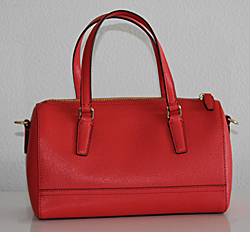 I have a friend who had been eyeballing this cute little red purse for a couple of months. She didn’t need it but she wanted it and sort of became obsessed with it.
I have a friend who had been eyeballing this cute little red purse for a couple of months. She didn’t need it but she wanted it and sort of became obsessed with it.
She’d visit it online and wave to it in the store. But, there’s no way she was going to buy that purse because wanting it that badly made her feel a little stupid.
Well, the darn thing went on sale the other day at 40-percent off and another 10-percent off with her store card. Now, of course, she had to have that red bag.
Apparently, so did every other woman in the United States. Because, she had it in her online shopping cart and by the time she got her credit card out, it was no longer available. It had been snatched right out of her cart.
She was furious. She felt violated. “How dare they sell MY red purse?”
She called the company. They apologized and looked for one in their inventory anywhere. They gave her stores and a warehouse to call and reserve it before the last one could be sold. She called around for over an hour and finally got to someone who found one in California and ordered it for her.
As she was patting herself on the back for her investigative skills and persistence my friend had an aha! moment. She had recently been diagnosed with osteoporosis. Her doctor had given her a list of endocrinologists he’d be comfortable recommending but she hadn’t even looked at it, let alone researched it.
“I had been meaning to but I had been putting it off for no good reason. I thought why on earth don’t I apply that same purse passion to taking charge of my own health care?”
She thought about it for a minute and the answer she came up with unnerved her a little. “Health care is not sexy,” Purses are sexy! Purses are sexier than being healthier and maybe living longer? Eek!
But health is sexy! Quality of life is sexy!
As she started to Google the doctors on the list, she began to sing a parody to that old rock song:
“I’m too sexy for my purse, too sexy for my mouse pad, but not too sexy for my doctor’s office. Maybe a little bit too sexy, but I’m goin’ anyway.”
I think perhaps my friend has touched a nerve in many of us. Would we really rather look good than feel good?
Sure seems like it. I think it’s that very premise that prompted an ad agency to come up with a TV commercial for a dietary supplement featuring a sexy dancing X-ray skeleton of a baby boomer model that’s protecting her looks by protecting her bones.
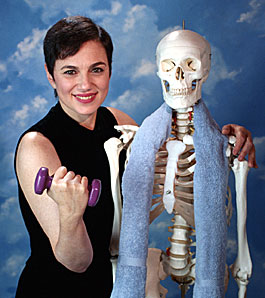
It got my attention. If you can’t get them to do it for health, get them to do it for beauty. Twistedly brilliant!
So I guess, if beauty is your motivation, go for it; especially when the health comes with it.
But what do you do if you already have osteoporosis like my friend, or have low bone mass, or you just have the good sense to want to take of your bones?
“Getting enough calcium in our diet is really important. The NOF recommends an intake of 1,000 milligrams for adult women from age 50 or younger, and age 51 and older — 1,200 milligrams a day for adult women. If a woman isn’t paying enough attention to calcium in her diet she puts herself at risk. But more is not necessarily better when it comes to calcium. Neither women nor men should get more than about 2,000 milligrams a day.”
Weight bearing exercise actually builds bone in youth and will help maintain bone. As we get older the type of exercise changes a little bit. We still have to do some impact work but it has to be safe to avoid injury and falls so you want to add balance training, flexibility training, and safe movement to make sure the individual is able to stay active and healthy.”
So what’s the takeaway here? My takeaway is if you like standing on your own two feet, taking care of your bones is about as sexy as it gets!
Originally printed on Moving Free with Mirabai. Reprinted with permission.
Mirabai Holland MFA, EP-C, CHC is one of the foremost authorities in the health and fitness industry. Her customer top rated exercise videos for Health issues like Osteoporosis, Arthritis, Heart Disease, Diabetes & more are available on her website, mirabaiholland.com. Join her NEW Online Workout Club. Mirabai offers one-on-on Health Coaching on Skype or Phone. Contact her at askmirabai@movingfree.com